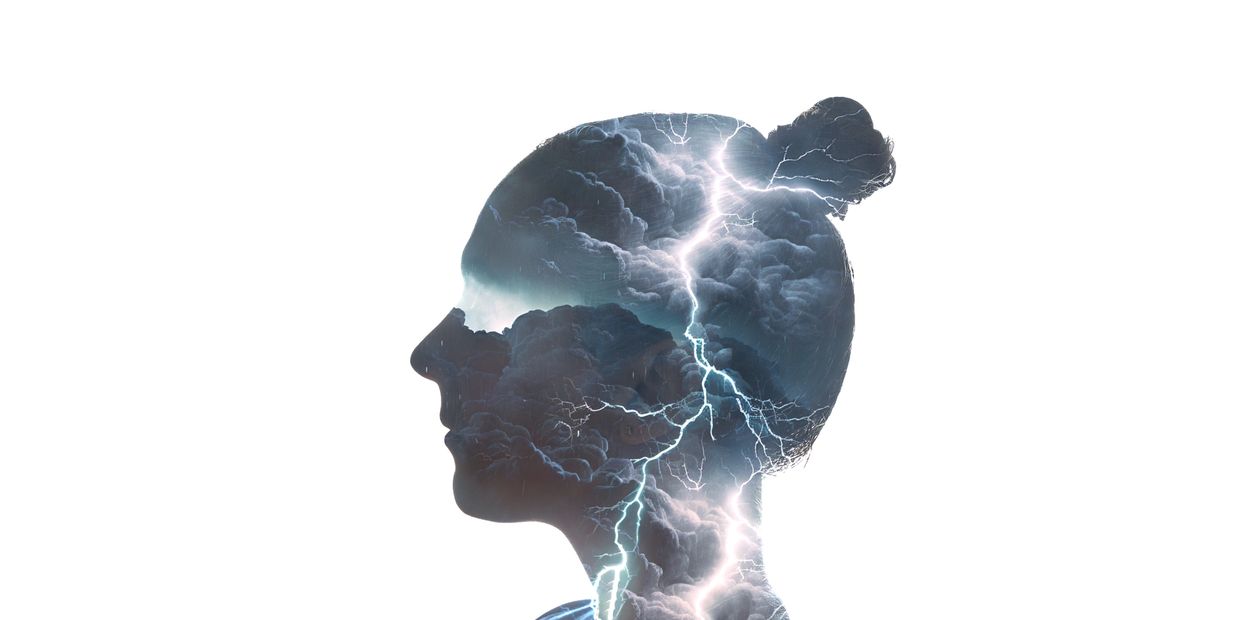ART or EMDR--Which is the better fit for you?
INVICTUS COUNSELING | TRAUMA THERAPY
Understanding the Differences Between ART and EMDR Therapy: Two Powerful Paths Toward Healing
When it comes to trauma therapy, two evidence-based approaches—Accelerated Resolution Therapy (ART) and Eye Movement Desensitization and Reprocessing (EMDR)—are often mentioned in the same conversation. Both help people process and resolve distressing experiences, but they do so in different ways. Understanding their distinctions can help clients and clinicians make more informed choices about which approach might be the best fit.
Eye Movement Desensitization and Reprocessing (EMDR) was developed by psychologist Francine Shapiro in the late 1980s. EMDR helps individuals reprocess traumatic memories so that they are less distressing when recalled.
During EMDR, the therapist guides the client through sets of bilateral stimulation (such as side-to-side eye movements, taps, or tones) while the client focuses on aspects of the traumatic memory—images, thoughts, emotions, or body sensations.
Over time, the brain reprocesses the memory, integrating it into a healthier, more adaptive framework. The goal isn’t to erase the memory but to remove its emotional charge so it no longer triggers intense distress.
Key features of EMDR include:
- Follows a structured eight-phase protocol.
- Focuses on past memories, current triggers, and future templates.
- Often involves recalling traumatic events in detail while maintaining dual attention between the memory and the bilateral stimulation.
- Can take multiple sessions to fully process a single traumatic memory.
EMDR is widely recognized and endorsed by organizations such as the World Health Organization (WHO) and the U.S. Department of Veterans Affairs for its effectiveness in treating PTSD and related conditions.
What Is ART (Accelerated Resolution Therapy)?
(Click HERE to learn about our ART Trained Therapist)
Accelerated Resolution Therapy (ART) is a more recent development, created by Laney Rosenzweig in 2008. ART is a brief, directive form of therapy that uses similar eye movements to EMDR but incorporates voluntary image replacement and rescripting techniques.
The client is guided to recall a distressing memory and then, through the use of eye movements and guided visualization, replace disturbing images or sensations with more positive, peaceful ones. The memory itself remains, but the emotional and physiological distress associated with it is reduced or eliminated.
Key features of ART include:
- Typically achieves results in fewer sessions (often 1–5).
- Focuses on changing the way images are stored in the brain.
- Clients do not have to verbalize or describe their trauma in detail, making it more comfortable for those reluctant to rehash painful experiences.
- Uses voluntary image replacement to transform distressing visuals into calming, positive ones.
How ART and EMDR Are Similar
Both ART and EMDR share several foundations:
- They use bilateral stimulation (eye movements or other alternating stimuli).
- Both help reprocess traumatic memories and reduce distress.
- Each aims to create lasting changes in emotional and physiological responses.
- They are considered evidence-based and neuroscience-informed, helping the brain integrate and heal from trauma naturally.
Which Therapy Is Right for You?
Both ART and EMDR are powerful, research-backed therapies that help people heal from trauma, anxiety, grief, and other distressing experiences.
- EMDR may be ideal for individuals who prefer a structured, gradual process and are comfortable revisiting their trauma in detail.
- ART may suit those who prefer a faster-paced, less verbal, and imagery-based approach, especially if they find it difficult to discuss their trauma.
Ultimately, the “best” approach depends on your unique needs, preferences, and therapeutic goals. A trained clinician can help you determine which method aligns best with your healing journey.
Final Thoughts
Both ART and EMDR honor the brain’s innate capacity to heal from trauma. They simply use different pathways to get there. Whether through reprocessing or imagery replacement, these therapies empower clients to reclaim peace, confidence, and emotional balance.
If you’re considering trauma therapy, consult a licensed clinician trained in ART or EMDR to explore which approach might be right for you.
Schedule Your First Session Today
Invictus Counseling, LLC
In case of a mental health or medical emergency, please call 911 or go to the nearest emergency room.
Office 850-970-7222 Fax 850-203-4381
This website uses cookies
Disabling Cookies may block your ability to complete the NEW CLIENT FORM.
Please call 850-970-7222 for an appointment if this happens.
We use cookies to analyze website traffic and optimize your website experience. By accepting our use of cookies, your data will be aggregated with all other user data.
